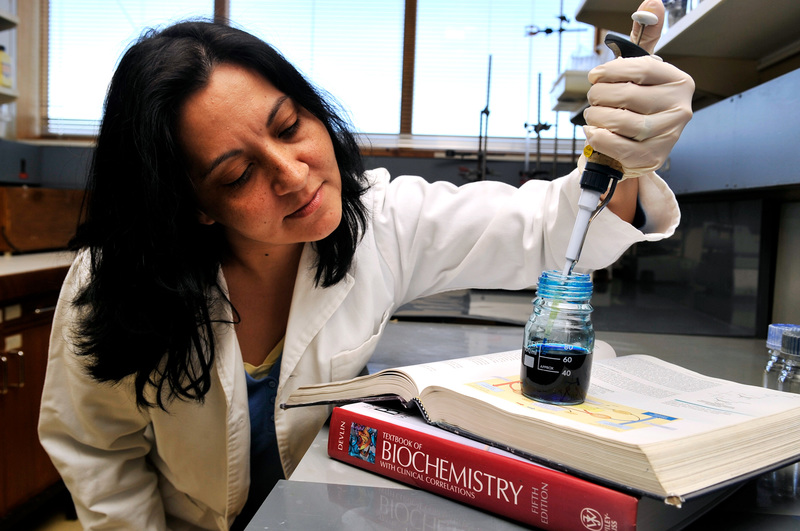Dr Zenda Woodman – Department of Molecular and Cell Biology
12 December 2012
Recently, at the annual DTA dinner, the university celebrated the teaching of three academics: Professor John Higgins of the Department of English Literature, Dr Jeremy Wanderer of the Department of Philosophy, and Dr Zenda Woodman of the Department of Molecular and Cell Biology.
Each of the recipients brought something special to the lecture and tutorial room, it was pointed out.
Students working under the tutelage of Woodman have remarked on her use of humour to create a safe environment for learning.
We asked the three lecturers just what drives and inspires their teaching. Below are selected excerpts from their responses.
It's been said that teaching is often considered something of an add-on for academics, research taking centre stage. How have you managed to maintain your interest in the teaching part of the job at an institution that places such stock in research?
Zenda Woodman: As a relatively new lecturer, teaching takes up a large part of my time, as I have to prepare new lectures. In fact I find it very difficult balancing my research with my teaching duties during term due to the demands of the undergraduates, which do not end when I walk out of the lecture theatre. However, having said that, I also find it very rewarding to make a tangible difference every day when working with students in my courses. I can see them respond visibly to my efforts, which gives me a great deal of job satisfaction.
What is your teaching philosophy?
ZW: I'm not sure I have a teaching philosophy. What I do have are memories of how intimidating and overwhelming UCT can be to undergraduate students, and so I place a great deal of energy in trying to make students feel comfortable and breaking down the hierarchy that distances students from their educators. I believe students learn best when they are relaxed, in an atmosphere of mutual respect, and when they know that their educator is invested in their development.
 This work is licensed under a Creative Commons Attribution-NoDerivatives 4.0 International License.
This work is licensed under a Creative Commons Attribution-NoDerivatives 4.0 International License.
Please view the republishing articles page for more information.










